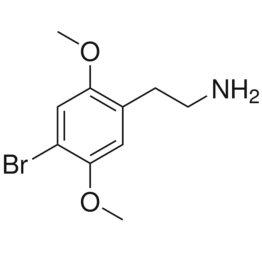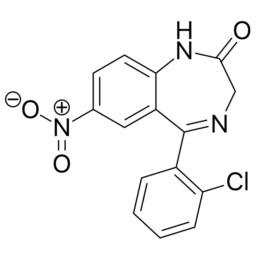Considering that the carbonyl moiety in the substrates can be removed by decarbonylation, (4 + 2 – 1)-type transformations, namely, “decarbonylative cut-and-sew” reactions, have also been developed. This provides an unusual strategy to access bridged- or fused-ring scaffolds without bearing a ketone moiety. In 2014, the (4 + 2 – 1) reaction between benzocyclobutenones and alkynyl groups was discovered to give various fused indene products (Scheme 14A). (16) The CO extrusion was promoted when running the reaction under reflux in xylene. It was proposed (Scheme 14B) that, after oxidation addition of rhodium(I) into the C1–C8 bond, decarbonylation and CO dissociation take place instead of reinsertion (vide supra, Scheme 2B).

The decarbonylative cut-and-sew reaction with cyclobutanones is more challenging, as it involves a difficult C(sp3)–C(sp3) reductive elimination. In 2016, we found that the use of a monodentate bulky Buchwald ligand enabled a smooth (4 + 2 – 1) cycloaddition between saturated cyclobutanones and alkenyl groups (Scheme 15). (25) The bulkiness of the ligand not only promotes CO extrusion but also prevents the coordination of more than one phosphine ligand, thus resulting in coordinative unsaturation at the metal center for olefin coordination. Despite the high reaction temperature required for the reaction, we effectively obtained a range of cyclopentane-bridged rings that are otherwise challenging to prepare.

During our exploration of an intermolecular cut-and-sew reaction between benzocyclobutenones and styrenes, unexpected (4 + 1) cycloaddition products were obtained as the major products (Scheme 16A), (26) in which the terminal carbon of styrenes inserted into the benzocyclobutenone C1–C2 bonds. The use of a “ligandless” cationic rhodium catalyst and a 2-aminopyridine additive were critical for this selectivity. While the double substitution at the C8 position of benzocyclobutenones is needed to prevent substrate decomposition, a range of multisubstituted 2-indanones was efficiently constructed by this method with good functional group tolerance. Further computational studies suggest that, rather than direct C–C reductive elimination, a competing β-H elimination takes place after C–C activation and 2π insertion, and the subsequent hydride reinsertion and reductive elimination lead to the five-membered ring formation (Scheme 16B).


Recent Comments